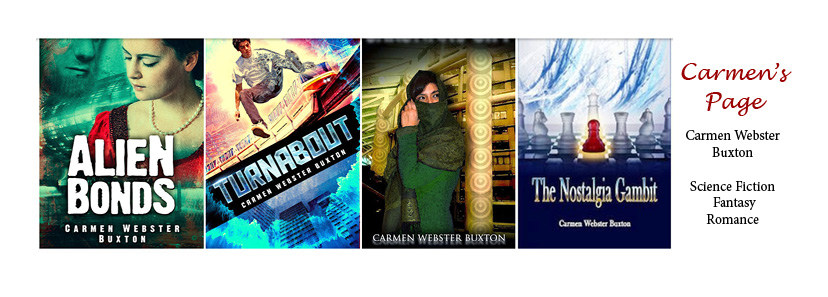Not really. I mean, I won't be x-raying people. But Amazon's KDP platform now offers the ability to create ae edit X-Ray files for Kindle books. X-Ray is a cool feature in Kindle books that lets you find out about characters and terms (places, organizations, etc) used in the story. It's handy especially for books with a huge cast of characters.
I blogged about X-Ray before, when Amazon created the file necessary to create that feature for my first book The Sixth Discipline. That method relied on my having created the set-up in Shelfari, but I don't think that site even exists anymore. It was absorbed by GoodReads. Now, however, I don't need to rely on Amazon creating X-Ray for me, because KDP has given me the tools to do it myself. I've already created and published files for several books.
KDP has a pretty good write-up on what to do in their help section. The only thing that wasn't clear to me is that you need to click the "Item Reviewed" link for every character or term you edit and are ready to publish. I really do like that you don't have to have done all the characters to publish. And the program that creates the list that you work from is pretty good. It captures pretty much all the characters names; if anything it errs on the side of too much rather than too little, at least when it comes to terms.
I'm excite to think that when Alien Bonds comes out, it will have X-Ray from the get-go!
Monday, October 16, 2017
Monday, October 2, 2017
Writing technology into stories
As someone who was born smack in the middle of the 20th century, I know first hand that the pace of change has accelerated. When I compare my childhood with my children's I see huge differences:
When I was a kid:
- Only a few moms worked outside the home; not everyone had washing machines and not many had dishwashers.
- Rural areas still had party telephone lines; when the phone rang, they had to listen for the pattern of the rings to see if it was for them or for someone else who shared that line.
- Not everyone owned a television set, and most who did had a black and white set.
- Dogs ran loose, for the most part. If there were leash laws, they didn't apply in suburban residential neighborhoods.
- If you had kids and could afford it, you owned a set of encyclopedias, because that's where you looked things up.
When my kids were small:
- Very few moms were stay-at-home mothers; everyone had washing machines and dishwashers.
- Everyone had a phone and after about 2000, many had cell phones; my daughter had one at about age 10.. After the Columbine shooting, I wanted to be able to call her any time.
- People owned multiple TVs, some of them huge, and all of them with color screens.
- Only people with really well trained dogs ever let them run loose.
- If you could afford it, you had internet access, either dial-up or DSL. Encyclopedia salesman were out of business.
Actually, my kids are about six years apart in age, and even that made a difference in when technology influenced their lives. My son was a teenager before he got a cell phone.
Putting the detection in detective fiction
I was thinking about this recently because I read a fair amount of older novels, very often mystery novels. Publishers (or in some cases authors) are willing to price older titles very reasonably in ebook form, so I often pick them up even if I don't know the author. I can't always tell when the book was published because usually the date shown in the meta data is the date of the ebook only, so I look for clues as to when the story is set. If there are no references to dates or to world events, it can be difficult to tell if a story is set in 1910 or 1930 or even 1940. After WWII, some differences appear-- cars, and telephones become more common. But from about 1970 to 1990, it can be difficult to pin down the time frame.
The one thing that makes it clear a book is set in the last 20 or so years is the presence of cell phones. in fact, if it's only a cell phone, with a physical keyboard and no web browsing ability, it's usually set in the 1990s.
Tomorrow's technology today
As someone who writes science fiction, I pay attention to how people use technology. I can tell you the cell phone has had a huge impact on fiction. Nowadays, if a writer wants to strand a character in the middle of nowhere or lock them in a haunted house or otherwise make them inaccessible, he has to account for the character's cell phone.
And of course, in stories set in the far future, the trick nowadays is to guess how the future will work. Which can be damned hard when it seems like the future is happening every day. When we look at the communicators in StarTrek TOS, we might wonder why Mr Spock needs a communicator and a tri-corder. If our "phones" can do so much, why can't theirs?
But of course, another factor is, what do people want technology to do? Do they really want a device sitting on the kitchen counter than can hear and possibly see everything that goes on? Will they trade convenience for privacy?
I guess the future will tell.
Subscribe to:
Posts (Atom)
